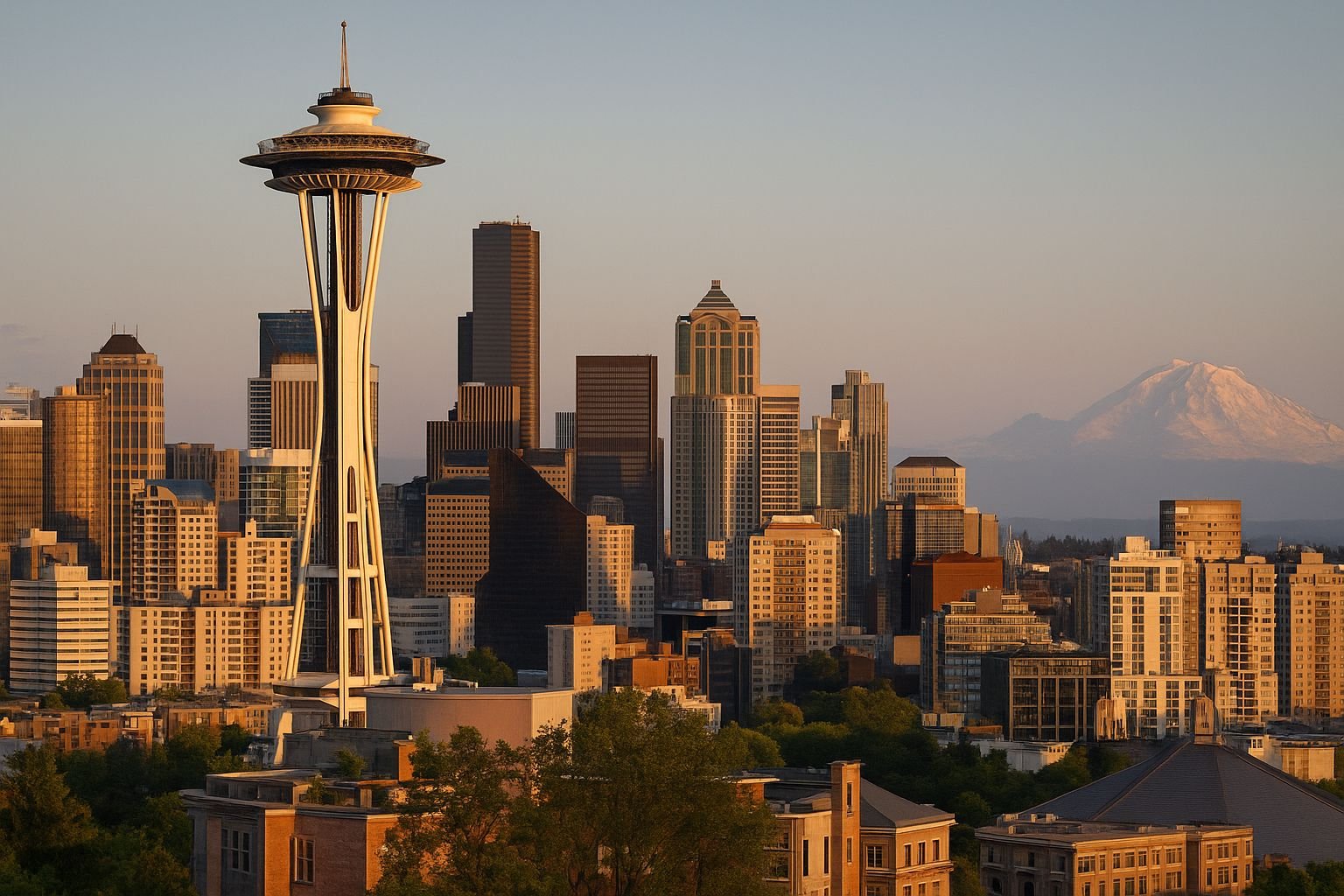What salary is upper-class in Seattle?
Seattle’s skyline is a symbol of innovation and affluence, but what does it mean to be considered “upper-class” in this fast-growing metropolis? With tech giants, a hot job market and a cost of living that keeps up with the nation’s most expensive metros, what it means to be upper-class in Seattle is as much about a number as it is about a lifestyle. If you’ve ever wondered where the upper class begins — and what that entails, on an everyday basis — this guide will parse out the numbers, the context and the lived experience of high earners in Seattle in 2025.
What Does “Upper-Class” Mean in Seattle?
“Upper-class” is a loose term, and it usually refers to order of income percentile, lifestyle and local cost of living. Nationally, “upper-class” is generally defined as households earning at least twice the median income. But in Seattle, where salaries and costs are both through the roof, that bar is much higher.
What Qualifies as Upper-Class?
Median Household Income: The median household income in Seattle is approximately $120,000–$126,000.
Upper-Class Threshold: Most financial experts and local analyses put “upper-class” at at least double the median — so $240,000-plus for households, or about $200,000 for high-earning singles.
Most Popular Careers: Numerous white-collar Seattleites are in technology, health and medicine or executive jobs. IT managers, for example, average $218,640, human resources managers $201,880, and top tech roles like data security managers can earn $209,270 or more12.
To qualify as securely upper-class in Seattle, you need an annual household income of at least $250k at practical minimum3 in 2025, especially if you’re raising children and/or hoping to own a home in a nice neighborhood2.
What Does Life as a Member of Seattle’s Upper Class Look Like?
Housing
The top earners tend to own homes in Seattle’s most desirable neighborhoods — areas like Queen Anne, Capitol Hill or Madison Park, where median home prices can surpass $1.5 million. Mortgage payments, property taxes and upkeep on such homes can easily reach $7,000–$10,000 a month. It’s also common to rent upscale apartments or luxury condos, with monthly rents for high-end properties exceeding $4,000.
Lifestyle and Spending
Upper-class families with a $250,000+ salary can afford private schooling, frequent travel, fine dining and cultural outings. They’re more likely to own several vehicles, sink money in home improvements, and have memberships at private clubs or gyms. Spending on discretionary items like entertainment, vacations and personal services is well above average.
Taxes and Cost of Living
The absence of a state income tax in Seattle is balanced by high sales and property taxes, and high prices of goods and services. Upper-income earners can also feel the squeeze, especially if they have children or financially support extended family. So far, the best-kept secret is in services that take the onus off of time crunched types — Seattle Green Maids, for example, provides eco-friendly cleaning to enable busy professionals to keep their homes in tip-top shape among hearty schedules.
How Does Seattle Measure Up Against Other Cities?
Seattle’s threshold for being an upper-class city is higher than it is for much of the U.S. because of the tech-led economy and cost of living. While $200,000 might be upper-class in many places, here it’s closer to “comfortable middle-upper” class. “Upwardly mobile” vacant-nesters target ceilings of, say, $250,000 to $300,000 and freely combine these income figures with lifestyle flexibility—or real estate ownership23.
The Role of Dual Incomes
Most of Seattle’s upper crust is dual-income, with partners in well-paying fields. This is practically unavoidable for many families trying to buy in top school districts or preserve a luxury lifestyle. Yes, a single earner can pull in upper-class status, but it’s one of those things most often attributed to executives, tech leaders or the medical profession.”
The social and cultural context
The upper class in Seattle is made up of immigrants and transplants attracted by tech jobs and academic jobs — it’s an upper class that looks different than many in the rest of America. The city’s wealth divide is evident, in the stark differences between rich enclaves and neighborhoods struggling with affordability. This dynamic informs everything from schools to social circles to giving.
Focusing Your Upper-Class Privilege
You can have high earnings, but also high expectations — and a high demand on your time. Many affluent Seattle residents pay for services that maintain their quality of life. For instance, for those who want to come home to a spotless abode while not giving up precious downtime, there is Seattle Green Maids. The local upper class is characterized by a focus on convenience and wellness, and family time.
If you’re thinking about moving to Seattle or would like to learn more about how to make the most of your time here, visit our website for more information on local — and I mean local — costs, budgeting tools and expert advice.
In 2025, “upper-class” in Seattle typically means earning a household income of $250,000 or more, and having the wiggle room to afford the best of what the city has to offer — the best neighborhoods, best schools, best experiences. But with steep costs and a competitive culture, even top earners must budget carefully and shop for services that make life a little easier. Whether you’re already part of Seattle’s upper crust or simply working your way up, planning thoughtfully—and getting a little help from Seattle Green Maids—can help you take full advantage of what this vibrant city has to offer.
